D
data
A collection of facts or information. (See also data table.)
data table
A tool for recording and organizing data. (See also data.)
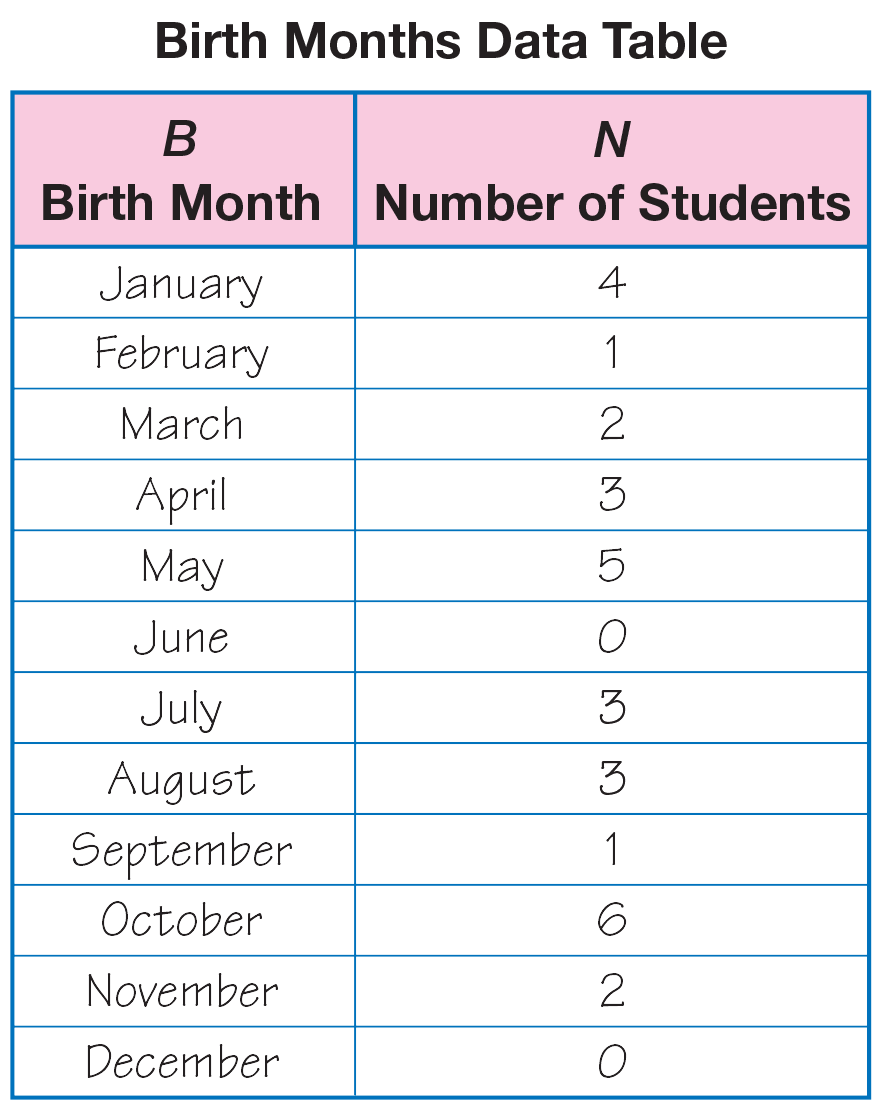
degree
On a thermometer, a unit of measurement to measure temperature. The symbol ° means degree.
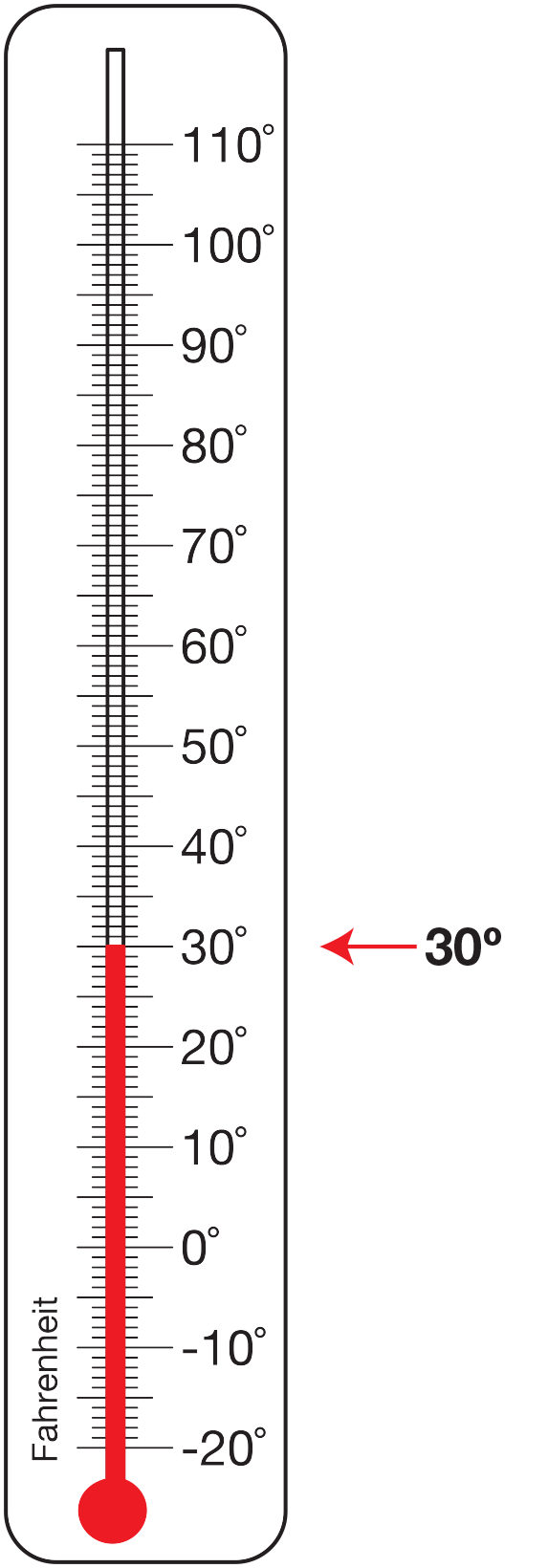
diagonal
A straight line that goes from corner to corner (not an edge) inside a shape. Or, a stair steps pattern on a chart.
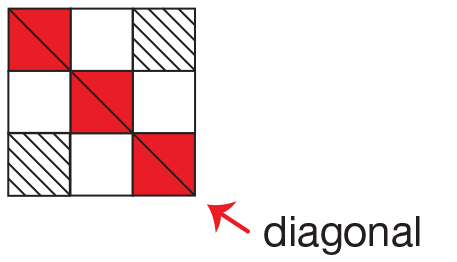
difference
The answer to a subtraction problem.
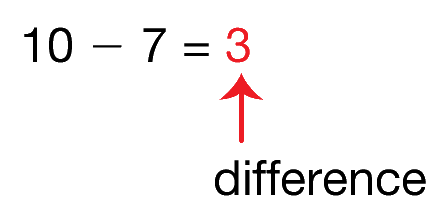
digital clock
A clock that shows the time using numbers instead of moving hands.
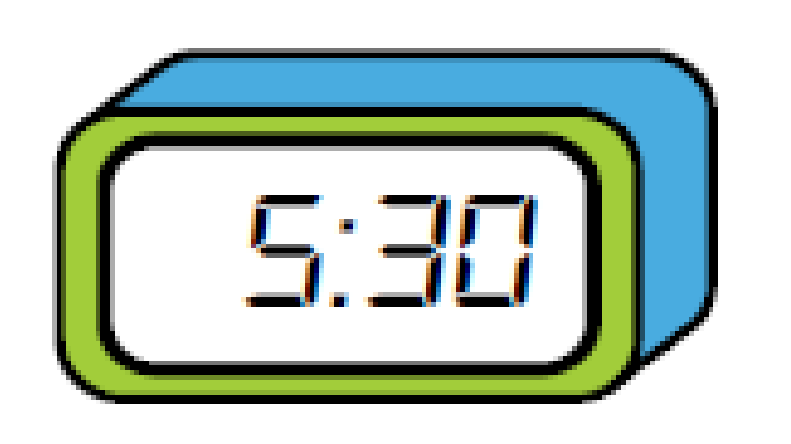
dime
A coin equal to (or worth) 10 cents (10¢).
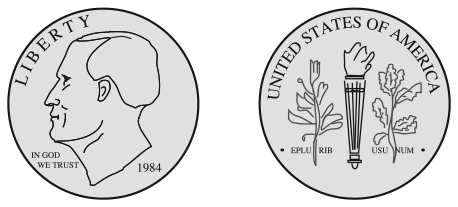
dimension
A distance in one direction. For example, a three-dimensional shape has length, width, and depth.
divide
To separate into equal parts or groups to make "fair shares." (See also fair share.)
division sentence
A number sentence that uses numbers and symbols instead of words to describe
the operation of making equal groups. For example,
division sign
The symbol ÷ represents the operation of division or making equal groups. For example, 15 ÷ 3 = 5.
dollar
An amount of money equal to (or worth) 100 cents (100¢). The symbol for the dollar is $ ($1.00).

double
Making something twice as big or adding a number to itself. For example, the double of 12 is 24.
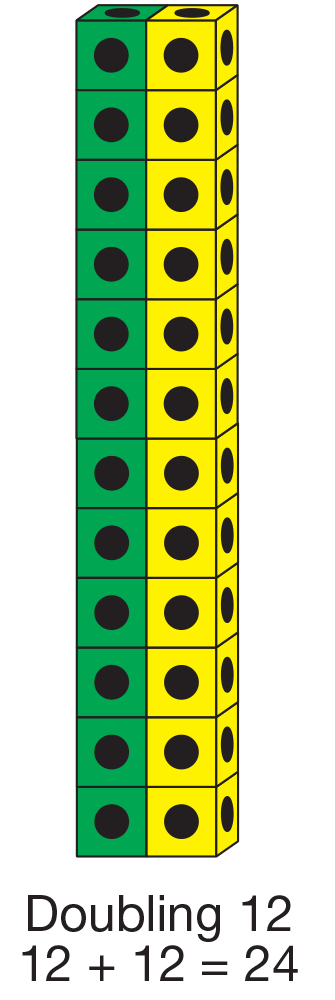
doubles
A doubles fact is a number sentence where two of the same numbers are added. For example, 2 + 2 = 4 and 3 + 3 = 6 are doubles facts.
doubles −1
A strategy for adding or subtracting that uses a doubles fact you know. For example, knowing 7 + 7 = 14, helps you to find 7 + 6, which is one less or 13.
doubles +1
A strategy for adding or subtracting that uses a doubles fact you know. For example, knowing 7 + 7 = 14, helps you to find 7 + 8 = 15.








